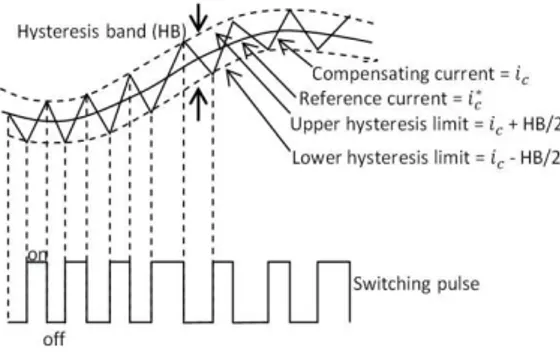Goertzel Algorithm Based Shunt Active Power Filter Using Sliding Mode Controller
Texto
Imagem




Documentos relacionados
the neutral of ∆ -Y transformer. Consequently, the harmonic current flows through the transmission line. This harmonic current controls the dc voltage of series
The degree of spread is also called the expectancy (E) of the fuzzy number; when the fuzzy number is a single point, it is called single tone. As the expectancy
Instantaneous power theory with PI- controlled APLC comprises a three-phase source, a nonlinear load (six pulse diode Rectifier RL load) and a PWM voltage source
Reference current generation using instantaneous reactive power (IRP) theory is presented in this paper.. IRP theory is widely used to control active power
In this paper, the adaptive neural network sliding mode controller proposed to control a DC motor, so we compare proposed controller with PID, classic SMC and
Thus, a single phase shunt active power filter with PI controller is used for reducing the current harmonics and voltage harmonics in the non-linear load. Single
µ-based UPFC controller synthesis: The main goals of the UPFC controller design are: Power system oscillation damping, DC-voltage regulator and power flow
Incase of direct control of current is provided to block the DC current component in order to avoid core saturation of the line frequency transformer connected
